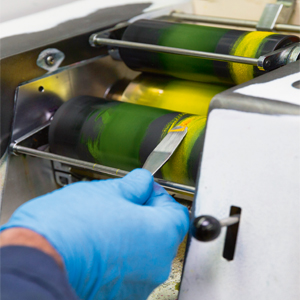

The drag caused by relative motion of the fluid and a surface is a measure of the viscosity. In general, either the fluid remains stationary and an object moves through it, or the object is stationary and the fluid moves past it. Viscometers can measure only constant viscosity, that is, viscosity that does not change with flow conditions. Thus, a rheometer can be considered as a special type of viscometer. For liquids with viscosities which vary with flow conditions, an instrument called a rheometer is used. Marsh H: "Properties and Treatment of Rotary Mud," Petroleum Development and Technology, Transactions of the AIME (1931): 234-251.Scientific instrument used to measure viscosityĪ viscometer (also called viscosimeter) is an instrument used to measure the viscosity of a fluid. Simple, quick and fool-proof, it still serves as a useful indicator of change in the mud by comparing mud-in and mud-out sample funnel viscosities. This test was one of the earliest mud measurements for field use.

Water exits the funnel in about 26 seconds.

Funnel viscosity is reported in seconds (for a quart). In the test standardized by API for evaluating water-base and oil-base muds, the funnel viscosity measurement is the time (in seconds) required for one quart of mud to flow out of a Marsh funnel into a graduated mud cup. A screen over the top removes large particles that might plug the tube. Viscosity is measured using a Marsh funnel, a conical-shaped funnel, fitted with a small-bore tube on the bottom end through which mud flows under a gravity head. The gel strength is the shear stress measured at low shear rate after a mud has set quiescently for a period of time (10 seconds and 10 minutes in the standard API procedure, although measurements after 30 minutes or 16 hours may also be made).

Measurement of the viscosity and gel strength of a drilling fluid.


 0 kommentar(er)
0 kommentar(er)
